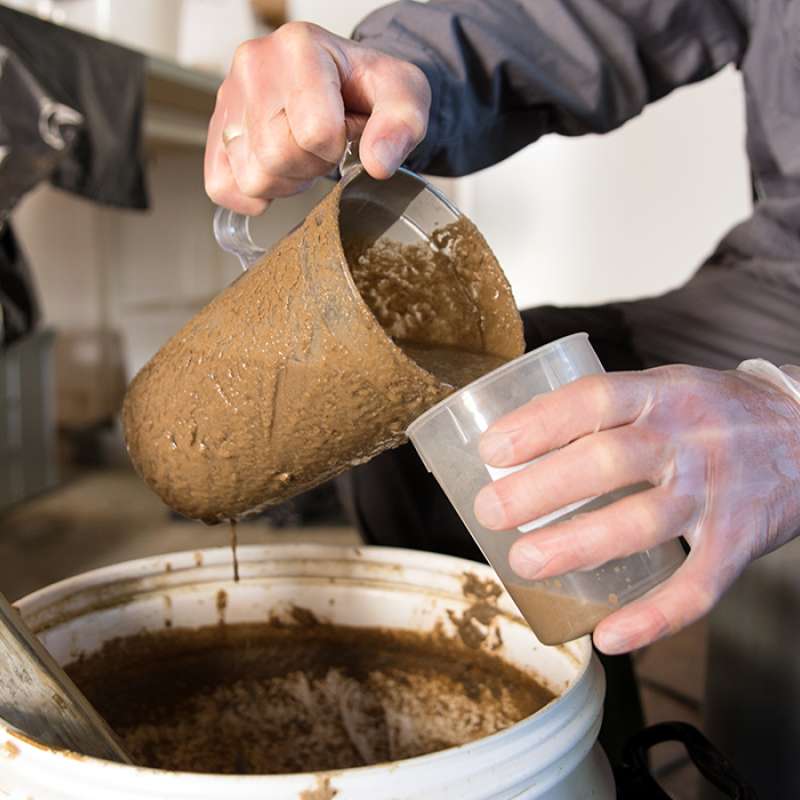Eva Brod
Forsker
(+47) 902 77 760
eva.brod@nibio.no
Sted
Ås - Bygg O43
Besøksadresse
Oluf Thesens vei 43, 1433 Ås (Varelevering: Elizabeth Stephansens vei 21)
Vedlegg
CV 2023Biografi
Utdanning:
Doktorgrad (Dr. Scient.) i jordfag fra Norges miljø- og biovitenskapelige universitet i 2016
Kompetanseområder:
- Fiskeslam som gjødsel
- Plantetilgjengelig fosfor i organisk avfall
- Karakterisering av uorganiske fosforforbindelser
- Jordanalyser (fosfor)
- Økologisk landbruk
Sammendrag
Denne rapporten omhandler barrierer og muligheter for bruk av resirkulert nitrogen som gjødsel og er skrevet på oppdrag fra Landbruksdirektoratet. Den er en av tre delrapporter fra prosjektet «Kunnskap om økt nitrogeneffektivitet gjennom resirkulering». Vi har gjennomført en spørreundersøkelse blant kornbønder for å få mer informasjon om barrierer og muligheter for økt bruk av resirkulerte produkter hos gårdbrukere. Resultatene bekrefter at prisen på resirkulert gjødsel og usikker gjødseleffekt er viktige barrierer. Nytt i forhold til tidligere norske studier er at bekymring for innhold av uønskete stoffer og mangel på kunnskap om resirkulert gjødsel også fremstår som vesentlige barrierer. Driftsulemper så ut til å ha mindre betydning enn i tidligere studier, men antas å få større betydning når andre barrierer, som oppleves som mer grunnleggende, er løst. Fosforoverskudd og begrensningene i gjødselbrukforskriften utgjør også en betydelig barriere for økt bruk av resirkulerte gjødselprodukter. Sentrale tiltak og virkemidler for økt bruk av resirkulert gjødsel er vurdert i rapporten.
Sammendrag
Det er ikke registrert sammendrag
Forfattere
Eva BrodSammendrag
Det er ikke registrert sammendrag

